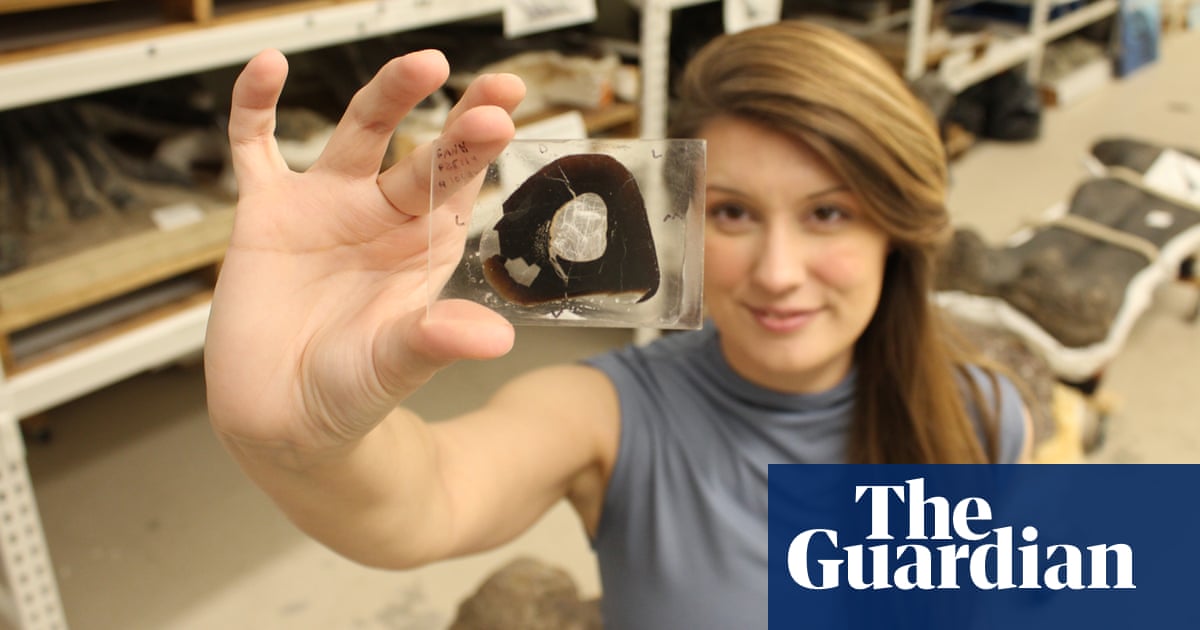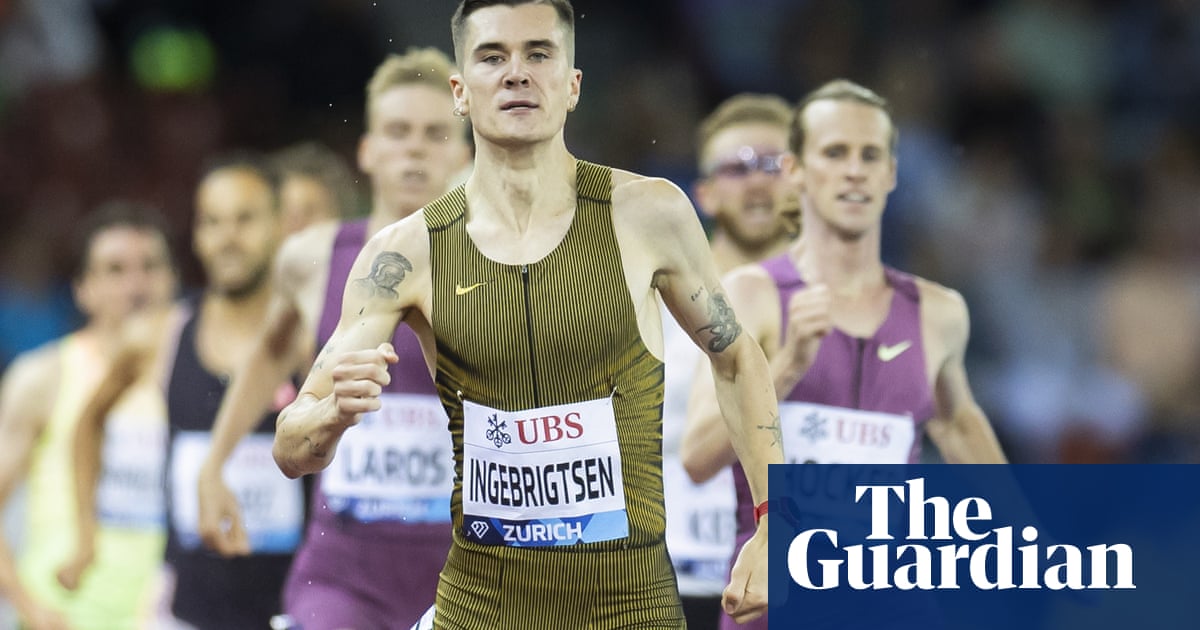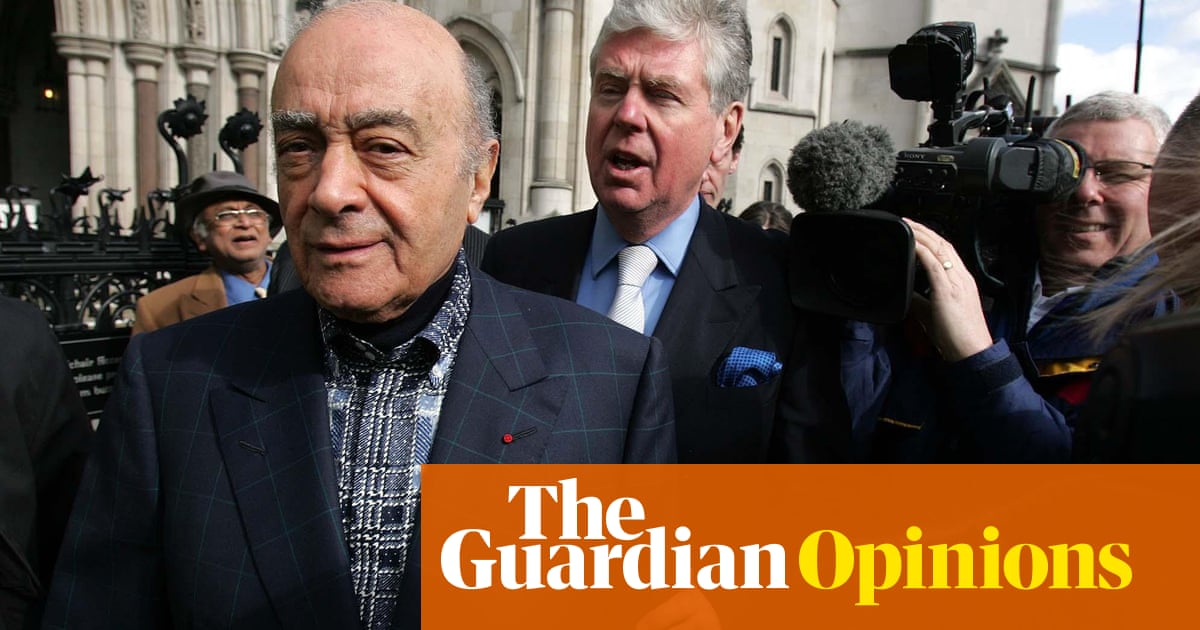Large-scale renewable energy investment and construction in Australia is rebounding this year after a slump, but will need to accelerate to reach the pace needed to meet the Albanese governmentâs goal for 2030.
The country could add more than 7 gigawatts of renewable energy capacity this year, up from 5.3 GW last year, according to data released by the Clean Energy Regulator.
Dylan McConnell, an energy systems researcher at the University of New South Wales, said: âThere is this narrative that has developed that the transition has stalled and thatâs demonstrably not true. It is happening, it just needs to speed up.â
The new capacity is split roughly equally between household rooftop solar systems, which continue to be installed at what has been a world-leading pace, and large-scale renewable energy developments.
Industry group the Clean Energy Council said the country was likely to have more than 25GW of rooftop solar by the end of the year, surpassing the total 21.3GW capacity of the national coal-fired power fleet. More than 3.7m homes and small businesses have systems.
But the bigger change has been in construction of large-scale solar and wind farms, which fell in 2023, but has increased beyond expectations this year. The regulator said it was expected between 3GW and 4GW would be added.
The climate change and energy minister, Chris Bowen, said the data showed the national grid supplying the five eastern states was expected to run on 42% renewable energy this year.
The regulator said final investment decisions were made on 1.8GW of new large renewable developments in the first half of the year. This surpassed 1.6GW in total commitments in 2023.
Investment in grid-scale renewable energy fell last year after a long-standing legislated federal renewable energy target was reached and as investors faced uncertainty over when coal-fired power plants would close.
The Albanese government chose not to expand the legislated target, but has promised to underwrite 25GW of new large-scale solar and wind as they aim to have 82% of Australiaâs electricity from renewable sources by 2030.
after newsletter promotion
The Australian Energy Market Operator has declared the national grid would remain reliable as it shifted from running on mostly coal to mostly renewables, but would require planned investments in new generation to be delivered âon time and in fullâ.
Bowen said the latest data showed the governmentâs renewables plan was âon track and building momentumâ. He repeated his argument that the Coalitionâs proposal to limit investment in large-scale renewables and eventually build nuclear plants would put the country at risk of supply shortages and blackouts.
â[Opposition leader] Peter Dutton wants to stop renewable investment, tear up contracts for new renewable and transmission projects and deliver expensive nuclear reactors in two decadesâ time,â he said.
Dutton gave a speech on nuclear energy on Monday, but did not release new information about what the Coalition planned. He promised those details â including the expected cost for households and businesses and how the Coalition planned to prevent blackouts as ageing coal plants reached the end of their scheduled lives â before the next election.



